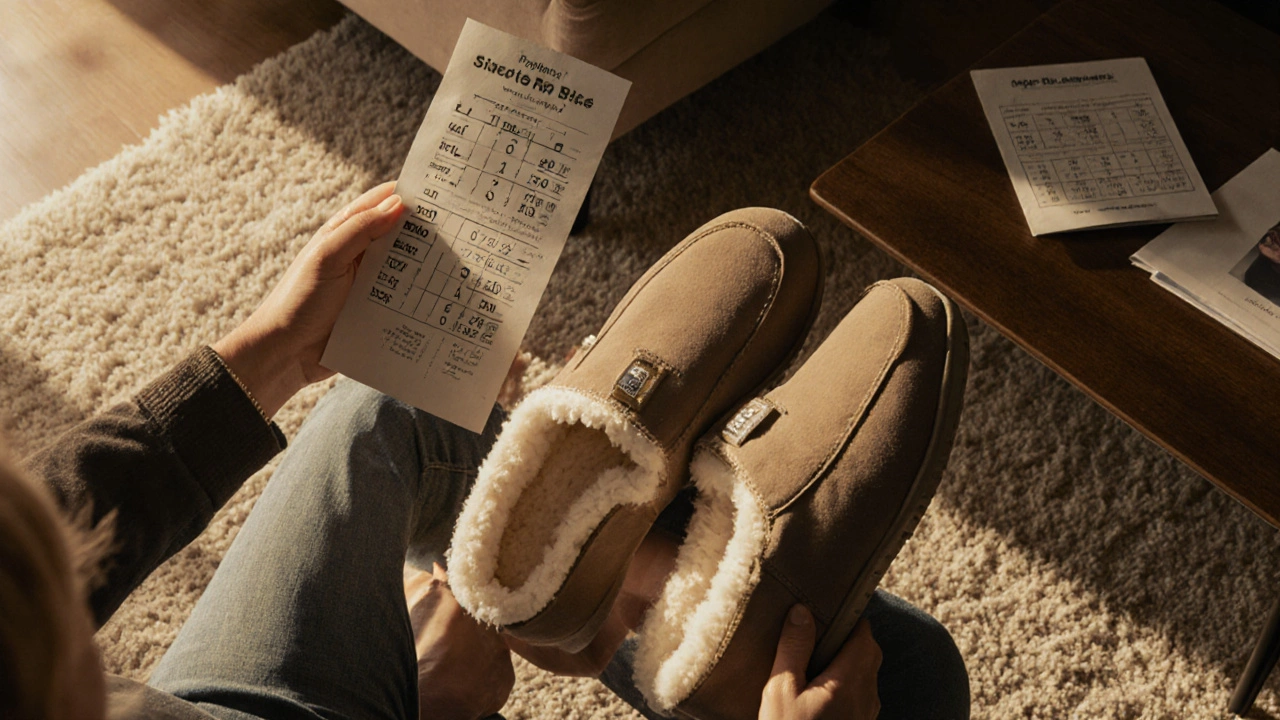UK Shoe Size: How to Find Your Correct Fit and Avoid Common Mistakes
When you buy shoes in the UK, you’re using a UK shoe size, a standardized system used across the United Kingdom to measure foot length and width for footwear. Also known as British shoe size, it’s different from US, EU, or Japanese sizing—and getting it wrong means uncomfortable feet, blisters, or returns you didn’t need.
Most people assume shoe sizes are universal, but they’re not. A UK size 8 isn’t the same as a US size 8 or an EU size 41. The UK shoe size system is based on barleycorns—an old unit of measurement where one barleycorn equals 1/3 of an inch. That’s why UK sizes jump in thirds, not whole numbers. If you’re used to US sizing, you’ll usually need to go down one full size. So if you wear a US men’s 9, you’re likely a UK 8. For women, it’s often two sizes down from US. And don’t forget width: UK sizes include D (medium), E (wide), and even EE for broader feet, which many online stores leave out.
Why does this matter? Because buying shoes online without knowing your true UK size leads to returns, wasted time, and disappointment. You might think you’re getting a good deal, but if the heel slips or your toes hit the front, you’re not saving money—you’re losing comfort. The shoe size conversion between countries isn’t just a chart—it’s about how your foot actually sits in the shoe. Brands like Clarks, Dr. Martens, and Nike all have slight variations, so even within the UK, size can shift. That’s why measuring your foot at home with a ruler and a piece of paper is the smartest first step. Stand on the paper, trace your foot, then measure from heel to longest toe. Compare that to a UK size chart. Do it at the end of the day, when your feet are at their largest.
And here’s something most people miss: your feet change over time. Weight gain, pregnancy, aging, or even long hours on your feet can make your feet wider or longer. A size that fit you five years ago might not fit now. That’s why the footwear sizing guide isn’t just for new buyers—it’s for everyone who’s ever bought shoes. If you’re shopping for work boots, dress shoes, or sneakers, knowing your true UK size helps you pick the right pair the first time. You’ll also avoid the common trap of sizing up "just in case"—that leads to loose heels and toe cramp.
When you see articles about UGGs losing their fashion edge or leather shoes needing replacement, they’re all tied to one thing: fit. If your shoes don’t fit right, you won’t wear them. You won’t feel confident. You won’t get the value you paid for. That’s why understanding UK footwear standards isn’t just practical—it’s the foundation of a wardrobe that works. Whether you’re looking at evening wear, activewear, or everyday jeans, your shoes are the base. Get them right, and everything else fits better.
Below, you’ll find real guides from people who’ve been there—how to measure your foot, which brands run true to size in the UK, why some shoes feel tight even if the number matches, and how to spot a good fit when you’re shopping online. No fluff. Just what you need to stop guessing and start walking comfortably.
- Cleo Fairchild
- Oct, 26 2025
- 0 Comments
Are Slipper Sizes the Same as Shoe Sizes? - The Complete Guide
Discover whether slipper sizes match shoe sizes, learn how to measure your foot, read conversion charts, and get tips for finding the perfect fit.
